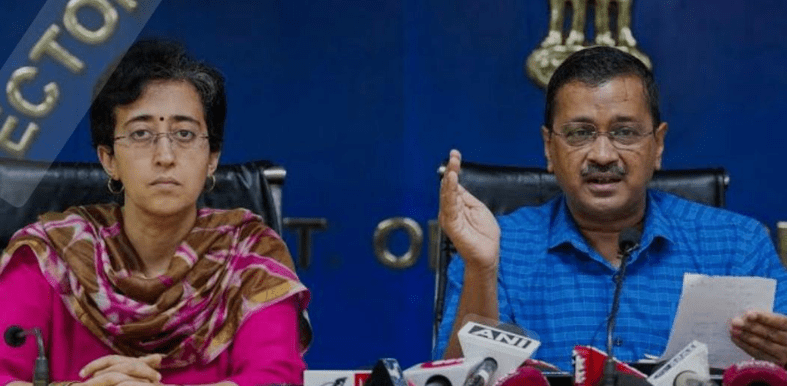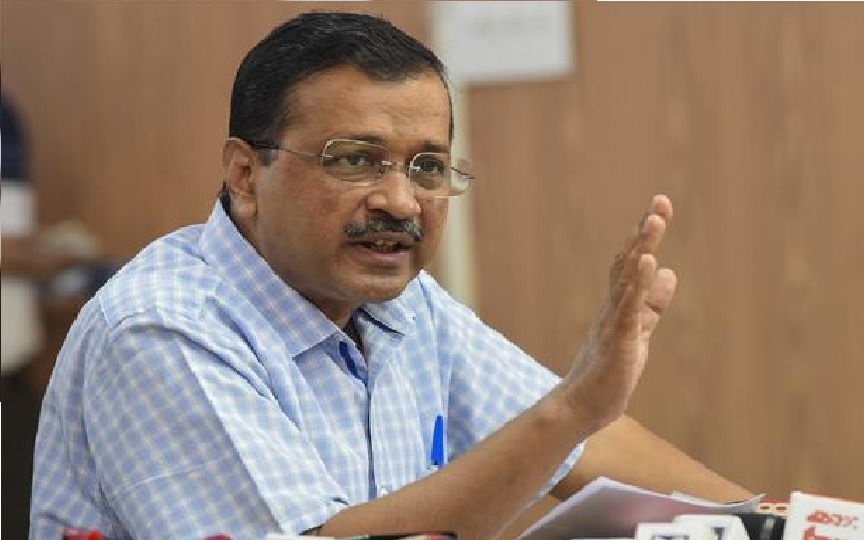MANDI, January 18 (Munish Sood)
Nestled in the serene hills of Himachal Pradesh, Mandi town is not only known for its scenic beauty but also for being home to the largest population of Namdhari Sikhs in India.
This industrious and close-knit community has carved a niche for itself in Mandi, earning respect for its hard work, dedication, and success in business. From owning thriving enterprises to contributing significantly to the town’s economy, the Namdhari Sikhs have become an integral part of Mandi’s social and economic fabric.
However, the story of this remarkable community is steeped in history, rooted in an unparalleled struggle for freedom and justice. The Namdhari Sikhs, also known as Kukas, were among the first to challenge British colonial rule in India—a legacy that deserves more recognition in our history books.
Rise of the Kuka Movement
The Namdhari Sikhs trace their origins to the reformist Kuka movement, which emerged in the 19th century under the leadership of Bhagat Jawahar Mal. Later, visionaries like Balak Singh and Ram Singh took the mantle, transforming the movement into a formidable force against British oppression.
Distinct from mainstream Sikhism, the Namdharis lived by a strict moral code. They adhered to vegetarianism, avoided alcohol and even coffee, and wore handspun white turbans known as ‘sidhi pagri’. Their way of life symbolized simplicity, purity, and resistance to foreign influences.
Movement against colonial rule
The Kuka movement was not just a religious reform but a socio-political revolution. The Namdharis boycotted British-made goods, refused colonial education, and aimed to restore Sikh sovereignty in Punjab. Their opposition to cow slaughter—a practice promoted by the British to appease Muslim communities—became a central cause that ignited their resistance.
The defining moment in the Kuka movement came in 1871 when the Deputy Commissioner of Amritsar granted permission for cow slaughterhouses, sparking outrage among the Namdhari Sikhs.
Matters escalated in Malerkotla in January 1872, when a Muslim judge ordered the slaughter of an ox in front of a Namdhari Sikh named Gurumukh Singh, who had pleaded for mercy for the animal.
This act of deliberate provocation led Sant Hira Singh and Lehna Singh to mobilise 150 Namdhari Sikhs to confront the authorities in Malerkotla on January 13, 1872. The confrontation turned violent, resulting in casualties, but the Namdhari Sikhs voluntarily surrendered, believing in the righteousness of their cause.
Massacre of 66 Kukas
What followed was one of the darkest episodes in India’s freedom struggle. On January 17, 1872, under orders from Deputy Commissioner John Cowan, 49 Namdhari Sikhs were tied to cannons and blown apart in front of thousands. The following day, 16 more were executed in the same manner.
Among the martyrs was 12-year-old Bishan Singh, whose extraordinary bravery left a lasting impression. When offered mercy, he defiantly grabbed Cowan’s beard and refused to abandon his faith, even as he was brutally executed.
The British responded by arresting the movement’s leader, Sadguru Ram Singh, on the night of January 17. He was exiled to Rangoon without trial, effectively suppressing the movement’s leadership.
Today, the memory of these martyrs lives on through a 66-foot-tall memorial khanda at Malerkotla, bearing 66 holes to symbolize the sacrifices of the Kukas.
While the Kuka movement remains an underappreciated chapter in India’s history, the Namdhari Sikhs of Mandi have kept their ancestors’ legacy alive. Their success in business and their commitment to community welfare reflect the values of discipline, resilience, and hard work that defined their forebears.
In a town where they form the largest Namdhari population in India, these unsung heroes of Mandi serve as a living reminder of the sacrifices made for freedom and justice. Their story is not just a testament to their past but an inspiration for generations to come.





